Installing software from CDs or a server in your own data center - those days are long gone. Today the SaaS licensing and distribution model is available as a lean solution with which software applications are offered via the Internet, i.e. as a service. The model is one of the best-known forms of cloud computing.
It is mainly used on a subscription basis, where software applications can be used online for a fee. These are centrally hosted by a service provider. The corresponding software is made available to the customer directly via the Internet - the cloud - and replaces the need for installation. These are the advantages of SaaS: the software provider not only makes the software available, but maintenance, configuration and updating are also his responsibility. This saves administrative effort for the customer. The flexibility that comes with SaaS solutions is another advantage. New customer requirements - whether performance, service or new applications - can be flexibly adapted by a professional provider. SaaS providers also take the pressure off companies in terms of IT security.
Common areas of application include personnel planning, order management or financial accounting, as well as other content management systems.
The trend shows that SaaS will become increasingly important in the coming years. SaaS is also expected to develop in the area of archiving over the next few years. Nevertheless, the advantages and disadvantages of the model should be thoroughly considered in advance. Paying monthly fees seems more cost-effective and attractive at first glance, while a license seems very high at first glance, but may ultimately prove to be more cost-effective.
